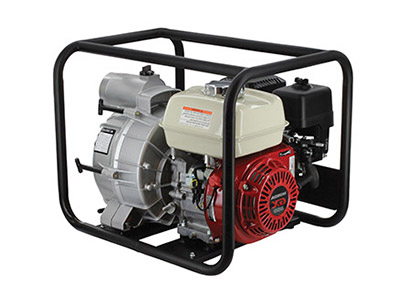Exploring the Benefits and Applications of Polyacrylamide Flocculants in Water Treatment
Polyacrylamide Flocculant An Overview and Its Applications
Polyacrylamide (PAM) is a synthetic polymer that has garnered significant attention in various industrial and environmental applications due to its flocculating properties. This versatile compound is created through the polymerization of acrylamide, a process that results in a water-soluble polymer capable of binding to particles and facilitating their aggregation. As a result, polyacrylamide flocculants play a crucial role in water treatment, soil stabilization, and various industrial processes.
Composition and Types
Polyacrylamides can be categorized into several types based on their ionic charge nonionic, anionic, cationic, and amphoteric. Nonionic polyacrylamides carry no charge and are effective in applications where charge neutrality is desirable. Anionic polyacrylamides, on the other hand, have a negative charge and are suitable for treating wastewater with positively charged particles. Cationic polyacrylamides possess a positive charge, making them ideal for applications where negatively charged particles require coagulation and flocculation. Amphoteric polyacrylamides contain both anionic and cationic functional groups, thus beneficial in a wider range of conditions.
Mechanism of Action
The primary mechanism by which polyacrylamide flocculants work is through charge neutralization and bridging. When added to a suspension of particles, polyacrylamide molecules adsorb onto the surfaces of the particles and neutralize their charges. As the particles lose their electrostatic repulsion, they begin to aggregate into larger flocs. Additionally, the long chains of the polymer can physically bridge between particles, further enhancing the flocculation process.
Applications
1. Water Treatment One of the most significant applications of polyacrylamide is in water treatment. It is used to clarify drinking water, treat municipal and industrial wastewater, and manage sludge. The ability to effectively remove suspended solids and clarify water makes PAM an essential component of modern water treatment facilities.
polyacrylamide flocculant

2. Mining Industry In the mining sector, polyacrylamide is employed for the separation of mineral ores. It helps in concentrating metallic ores and increasing the efficiency of flotation processes. The use of PAM can lead to reduced water consumption and improved recovery rates.
3. Soil Erosion Control In agriculture and environmental management, polyacrylamide can help prevent soil erosion by stabilizing soil structures. It is often used in regions prone to desertification and helps in promoting water retention, thereby enhancing crop yield.
4. Oil Recovery Enhanced oil recovery techniques frequently incorporate polyacrylamide to improve the efficiency of oil extraction. By altering the viscosity of the injected fluids, PAM facilitates better movement of oil through porous media.
5. Paper Manufacturing In the paper industry, polyacrylamides are used as retention and drainage aids that help retain fibers and fillers during the paper-making process, thereby enhancing the quality and efficiency of production.
Environmental Considerations
Despite its numerous benefits, the use of polyacrylamide flocculants raises environmental concerns. Acrylamide, a monomer used in the production of PAM, is a known neurotoxin and potential carcinogen. Therefore, the integrity of PAM products is important and manufacturers are required to utilize processes that minimize residual acrylamide levels. Advances in manufacturing and polymer design are focused on creating safer and more environmentally friendly formulations.
Conclusion
Polyacrylamide flocculants are indispensable in various fields, demonstrating significant effectiveness in water treatment, manufacturing, and environmental conservation. As industries continue to evolve, the development of polyacrylamide will also advance, emphasizing the need for safety and sustainability while leveraging its unique properties for broader applications. The continuous exploration of PAM's capabilities underscores its importance in addressing modern challenges across multiple sectors.
-
Pbtc Scale InhibitorPBTC: A Scale Protector for Industrial Water TreatmentNewsAug.05,2025
-
Organic Phosphonate: An Efficient Defender in the Field of Scale InhibitionNewsAug.05,2025
-
Hydrolyzed Polymaleic Anhydride: Green Pioneer in Scale Inhibition FieldNewsAug.05,2025
-
PAPEMP Polyamino Polyether Methylene Phosphonic Acid For SaleNewsAug.05,2025
-
Flocculant Water Treatment: A Pioneer in Purification in the Field of Water TreatmentNewsAug.05,2025
-
Benzyl Isothiazolinone: An Efficient and Broad-Spectrum Antibacterial Protective GuardNewsAug.05,2025





